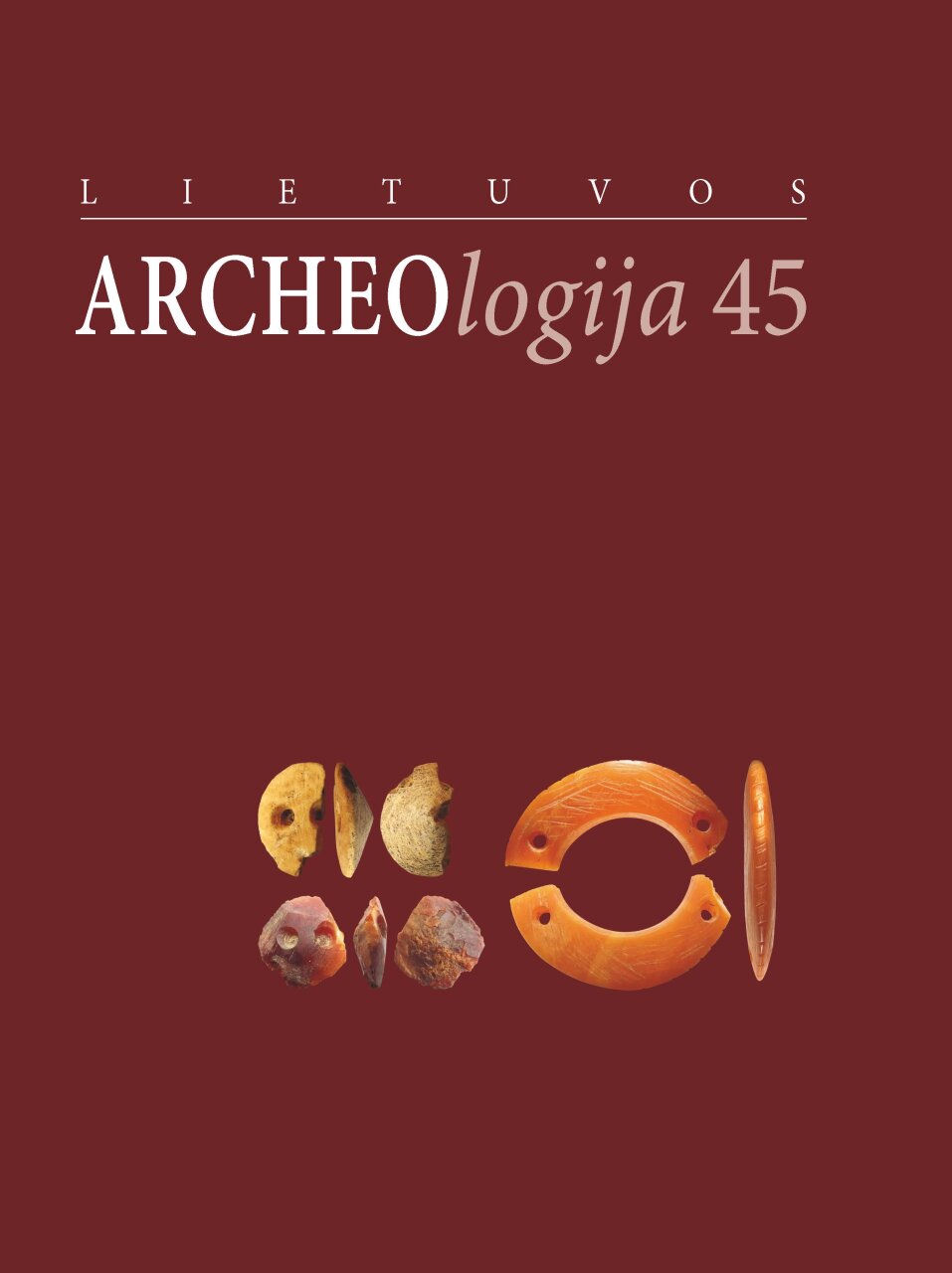Volume 45 (2019): Lietuvos archeologija, November 2019

Order by:
Pub. online: 22 Nov 2019
Type: Article
 Open Access
Open Access
Pub. online: 22 Nov 2019
Type: Article
 Open Access
Open Access
Pub. online: 22 Nov 2019
Type: Article
 Open Access
Open Access
Abstract
Pub. online: 22 Nov 2019
Type: Article
 Open Access
Open Access
Abstract
Pub. online: 22 Nov 2019
Type: Article
 Open Access
Open Access
Abstract
Pub. online: 22 Nov 2019
Type: Article
 Open Access
Open Access
Abstract
Pub. online: 22 Nov 2019
Type: Article
 Open Access
Open Access
Abstract
Pub. online: 22 Nov 2019
Type: Article
 Open Access
Open Access
Abstract
Pub. online: 22 Nov 2019
Type: Article
 Open Access
Open Access
Abstract
Pub. online: 22 Nov 2019
Type: Article
 Open Access
Open Access
Abstract